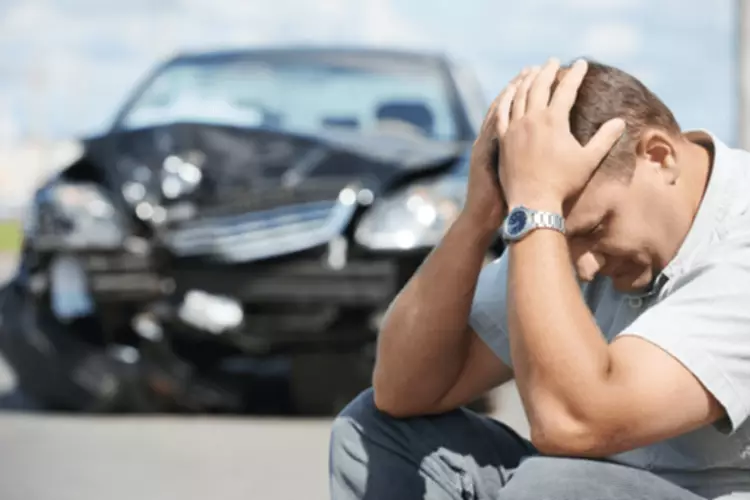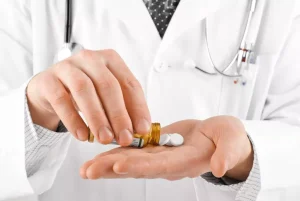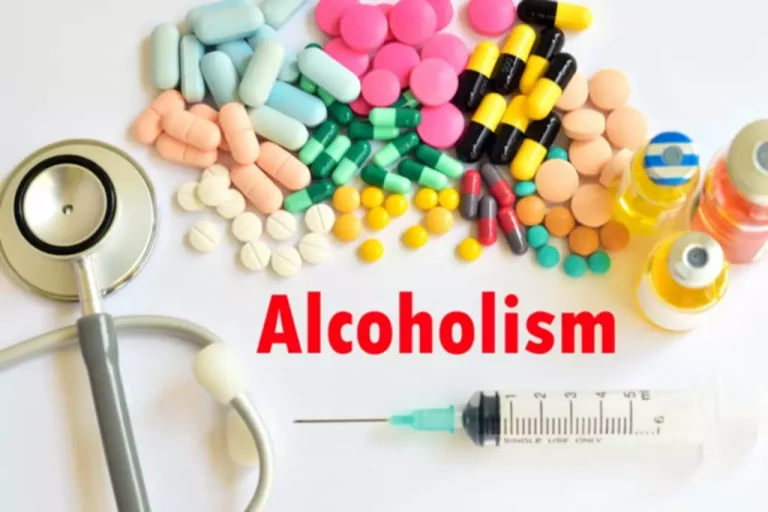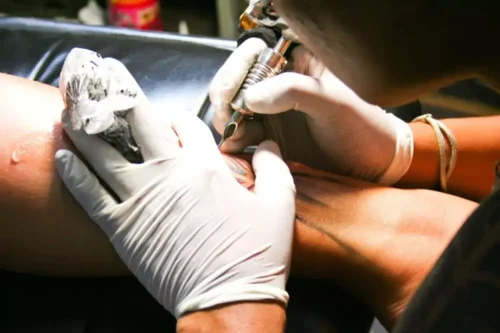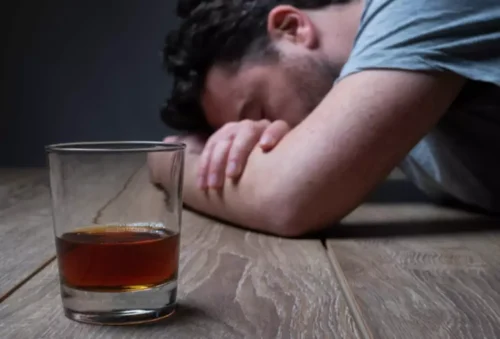
This is mainly due to the lack of thorough research and clinical trials on the medical uses of marijuana. The FDA hasn’t approved marijuana to treat any medical conditions. But it has approved certain purified substances derived from marijuana (analogs). Although not nearly as extreme as heroin or alcohol withdrawal, quitting marijuana does appear to cause withdrawal symptoms in heavy, frequent users.
Signs of Marijuana Abuse and Addiction
In light of the legalization of marijuana, many people have wondered about the substance, its safety, and whether it’s addictive. Marijuana—also called weed, cannabis, and other names—is a species of plant that is used as a medical and recreational https://ecosoberhouse.com/ drug. It’s short for cannabidiol, a substance found in both marijuana and hemp plants. CBD can be made into CBD oil and sold as pills, gels, creams, and other formulas. Some people use CBD to treat pain, seizures, and other health problems.
A longitudinal study of the effects of cannabis exposure on neuro-development in adolescents and young adults
Executive control over craving and impulsivity is key in maintaining abstinence and is mediated by the PFC. Behaviorally, this translates into excessive salience attribution to drug-paired cues, decreases in responsiveness to non-drug cues and reinforcers, and decreases in the ability to inhibit maladaptive behavior (Koob and Volkow 2016). Cognitive-behavioral therapy (CBT) is often the first line of defense. It’s like a mental gym workout, helping you build the muscles you need to resist cravings and develop healthier coping mechanisms. You’ll learn to identify triggers, challenge negative thought patterns, and develop strategies to stay clean.
- Cannabis use disorder, or marijuana use disorder, is when a person continues to use the substance even though they experience negative health or life effects from use.
- Research has found that it usually takes people a few tries before they are successful.
- Tell your doctor if you use pot so they can keep an eye on your risk.
- The goal is to slowly allow a person’s body to become used to lower levels of the substance while minimizing drug withdrawal symptoms.
- By Jaime R. Herndon, MS, MPHHerndon is a freelance health/medical writer with a graduate certificate in science writing from Johns Hopkins University.
How well do you score on brain health?
And let’s not forget about the withdrawal symptoms – irritability, sleep problems, decreased appetite – that many people experience when trying to quit. No medications are currently available to treat marijuana use disorder, but behavioral support has been shown to be effective. Examples include therapy and motivational incentives (providing rewards to patients who remain drug-free). Continuing research may lead to new medications that help ease withdrawal symptoms, block the effects of marijuana, and prevent relapse.

At this time, several THC-based drugs have been approved by the FDA to treat pain and nausea. In rare cases, when marijuana addiction is severe or the person has other medical conditions, attending a comprehensive rehabilitation program is necessary. Treatment for marijuana addiction is similar to treatment for other addictions. The right strategy depends on the person’s lifestyle and the severity of the addiction.
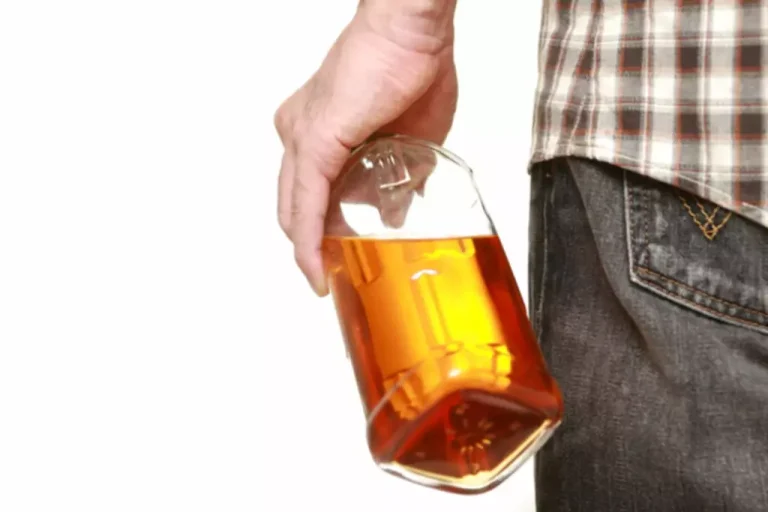
Therapies Used in Marijuana Addiction Treatment
This suggests that the hallucinatory effects of marijuana may work differently from those of other hallucinogens. For many, it’s difficult to imagine a life in which using drugs is more important than spending time with friends or doing favorite hobbies. It’s certainly difficult to imagine using drugs despite major consequences, such as a suspended driver’s license or prison time. A 2014 study examined people who use drugs and who came to the emergency room with drug-related problems, which is a strong indicator that something is not manageable. “Marijuana-addicted people rarely present for treatment,” said Stalcup. “So, a lot of the people we see have gotten caught up in the legal system.
I want to get healthier
- Don’t be too hard on yourself if you do make a mistake and smoke again.
- Many people think marijuana use is harmless, especially because it’s a natural product.
- Today, marijuana is classified by the federal government as a Schedule I substance, which means the drug presents a high risk for abuse and is deemed to have no medicinal uses.
Yale Medicine psychiatrists treat patients for all addictions, including cannabis use disorder. Yale Medicine doctors are conducting exciting research in the fields of marijuana and other addiction treatments. Preliminary results for clinical trials testing a drug that increases the brain’s cannabis-like proteins are promising — especially in terms of marijuana addiction reducing drug use and withdrawal symptoms. Some research also suggests that exercise may help complement other treatments for cannabis use disorder. Researchers indicate that since marijuana use can affect the systems that regulate stress and rewards, exercise might help reduce withdrawal symptoms, aid in stress management, and reduce drug cravings.
Scientists and healthcare providers can’t state any general benefits of marijuana with certainty. This is because there isn’t enough research yet about the medical benefits of the substance, especially long-term effects. In addition, marijuana tends to affect different people in many different ways. The U.S. Food and Drug Administration (FDA) classifies marijuana as a Schedule I substance. This means that it has no currently accepted medical uses and a high potential for addiction. Because of this, healthcare providers can’t prescribe marijuana.

Yale doctors have also conducted studies to measure the effects of combining psychotherapies to treat cannabis dependence. Regular or heavy use of cannabis can result in the development of tolerance and dependence. A person will need more and more marijuana to achieve the same effects. But cannabis may have harmful long- and short-term effects, such as paranoia and memory loss, and it can be addictive and disrupt a user’s life and relationships. If you want to stop smoking weed, it’s also important to remember that you don’t have to do it all on your own.

